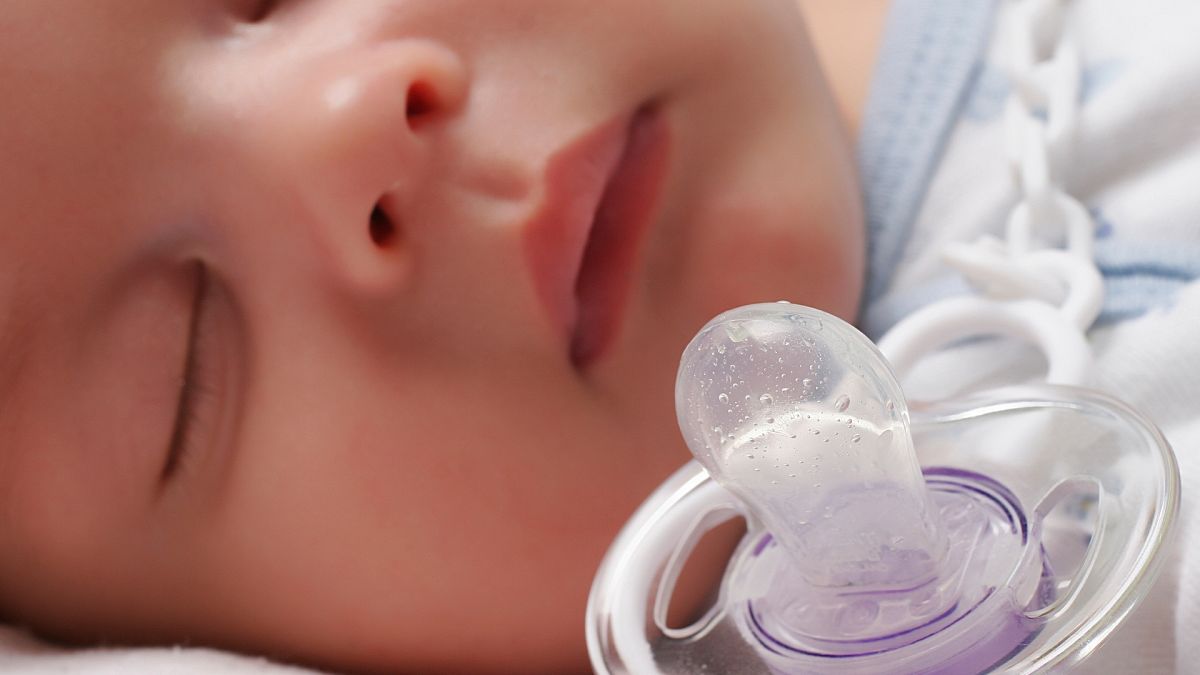Long-Term Health Impacts of Microplastic Accumulation in the Body: From Childhood to Adulthood
Long-Term Health Impacts of Microplastic Accumulation in the Body: From Childhood to Adulthood
Microplastics—tiny plastic particles less than 5 millimeters in size—are not just an environmental issue; they pose significant risks to human health as well. These particles are found in food, water, and even the air we breathe, making it almost impossible to avoid exposure. The potential for microplastics to accumulate in the human body over time raises concerns about long-term health effects, which may persist into adulthood. In this blog post, we will explore how microplastics accumulate in the body, their potential long-term effects, and practical strategies to minimize exposure.
How Do Microplastics Accumulate in the Body?
Microplastics can enter the human body through multiple pathways and tend to accumulate in specific organs and tissues. Here are the primary routes of exposure:
- Ingestion: Consuming contaminated food and water, such as seafood and bottled water, can introduce microplastics into the digestive system.
- Inhalation: Breathing in airborne microplastics from indoor dust, synthetic textiles, and polluted outdoor air.
- Dermal Absorption: Skin contact with plastic particles from personal care products or synthetic fabrics.
Where Do Microplastics Accumulate?
Research has shown that microplastics can accumulate in various parts of the body:
- Digestive System: Particles can adhere to the intestinal lining and potentially penetrate deeper tissues.
- Respiratory Tract: Inhaled microplastics may become lodged in the lungs.
- Bloodstream: Studies suggest that small particles may enter the bloodstream and circulate throughout the body.
- Liver and Kidneys: The body's detoxifying organs may trap microplastics, but their removal is uncertain.
- Fatty Tissues: Some studies indicate that lipophilic particles may accumulate in adipose tissues.
Potential Long-Term Health Effects of Microplastic Accumulation
The long-term health impacts of microplastic accumulation are still under investigation, but preliminary findings indicate several possible risks:
1. Chronic Inflammation and Immune System Disruption
- Persistent Inflammation: Microplastics may trigger an ongoing immune response, leading to tissue damage.
- Autoimmune Reactions: Continuous immune activation may increase the risk of autoimmune diseases.
- Reduced Immune Function: Constant exposure can weaken the immune system, making the body more susceptible to infections.
2. Endocrine Disruption and Hormonal Imbalance
- BPA and Phthalates: Common plastic additives that interfere with hormone regulation.
- Reproductive Health Concerns: Potential impacts on fertility and reproductive organ function.
- Thyroid Dysfunction: Altered hormone levels may affect metabolic regulation.
3. Carcinogenic Potential
- Chemical Contaminants: Additives and absorbed pollutants may increase cancer risk.
- Oxidative Stress: Persistent oxidative damage from microplastics can lead to cellular mutations.
- Genotoxicity: DNA damage linked to chronic exposure may elevate the risk of cancer.
4. Neurological and Cognitive Effects
- Neuroinflammation: Microplastics in the brain or nervous system could cause inflammation and impair cognitive function.
- Mood Disorders: Hormonal disruptions from plastic chemicals may affect mood and mental health.
Are Children at Greater Risk of Long-Term Effects?
Children’s developing bodies are more susceptible to microplastic exposure, and early accumulation may result in:
- Developmental Delays: Hormonal imbalances during critical growth phases.
- Chronic Health Issues: Earlier onset of conditions like asthma, metabolic disorders, or neurological problems.
- Lifetime Burden: Early accumulation may predispose individuals to chronic diseases in adulthood.
Reducing Microplastic Accumulation: Practical Strategies
While complete avoidance is unrealistic, minimizing exposure can significantly reduce the potential for long-term health impacts.
1. Filter Drinking Water
- Reverse Osmosis Systems: Effective at removing microplastic particles.
- Water Filtration Pitchers: Activated carbon filters can also reduce contaminants.
2. Choose Natural Materials
- Clothing: Opt for natural fibers like cotton, wool, or hemp instead of polyester or acrylic.
- Bedding and Furniture: Select natural materials to reduce airborne microplastics.
3. Avoid Plastic Packaging
- Food Storage: Use glass or stainless steel containers.
- Grocery Shopping: Bring reusable cloth bags instead of plastic ones.
4. Regular Home Cleaning
- Vacuum with HEPA Filters: Reduces airborne microplastics and dust.
- Wet Dusting: Use damp cloths to wipe down surfaces and trap particles.
Final Thoughts
While the full extent of microplastic accumulation's long-term effects remains unknown, current evidence suggests significant risks to both children and adults. By taking proactive measures to reduce exposure, we can mitigate potential health problems and protect future generations from the hidden dangers of microplastic pollution.
Amazon best seller






Comments